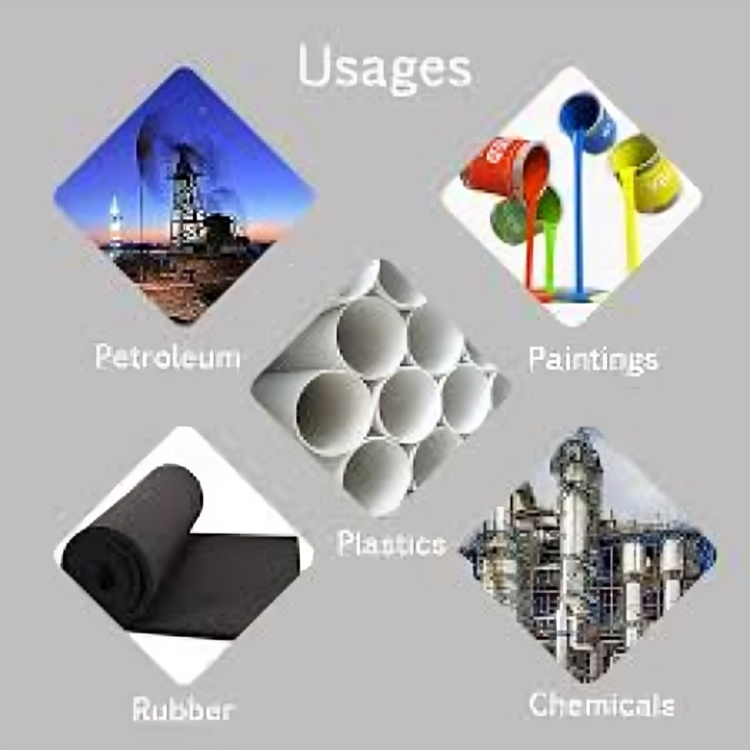Barium sulfate (BaSO4) makes up the majority of the mineral barite, sometimes referred to as baryte. It is a vital industrial mineral that helps in many different processes, from the manufacturing of pigments and other chemicals to drilling fluids in the oil and gas sector. To appreciate barite’s many applications and significance in contemporary industries, one must be aware of the properties of barite:
Composition of Barite
Barite is primarily made up of barium sulfate (BaSO₄), which accounts for 58.8% of the mineral’s makeup. It has special chemical and physical characteristics due to the presence of barium, which makes it valuable for industrial purposes. The color and density of the mineral are additionally affected through trace levels of other elements like calcium, strontium, and iron. Barite has different levels of purity, and for some uses, such as making premium drilling fluids or using it as a filler in paintings, greater purity barite is desirable.
Physical Characteristics of Barite
Barite appears in a variety of industries due to its unique physical properties, which include:
1) Density
The high density of barite is one of its most distinctive characteristics. It is among the densest non-metallic minerals, with a density between 4.3 and 5.0 g/cm³. Since of its high density, barite is perfect for use in drilling fluids since it helps regulate the pressure in gas and oil wells.
2) Color
Barite comes in a variety of colors, such as white, colorless, and varied tones of red, brown, and yellow. Iron and other trace elements are common examples of impurities that cause color changes.
3) Hardness
Barite is easily ground into a fine powder for use in a variety of applications due to its relatively low Mohs hardness of 3 to 3.5.
4) Crystallization and Structure
Barite frequently crystallizes in tabular crystals, which are frequently acicular or prismatic in shape. Additionally, it is possible in nodular, granular, or enormous formations. The mineral usually occurs as a constituent of sedimentary rocks or in veins.
5) Solubility
Barite is stable in industrial operations since it is insoluble in water and the majority of acids. However, barium chloride is sometimes released when it reacts with strong acids like hydrochloric acid.
Industrial Significance of Barite
Barite’s physical characteristics make it perfect for specific applications, and it is an essential mineral in many industries. Some of the most significant industrial uses for barite are listed below:
1) Oil and Gas Industry
Barite serves primarily in drilling fluids, often known as drilling muds. Controlling the pressure during drilling operations, especially in deep-water and offshore oil and gas wells, requires its high density. Through maintaining the pressure inside the wellbore and moving cuttings from the well to the surface, barite helps these fluids avoid blowouts.
2) Paint and Coatings
Paints and coatings use barite as a white pigment. It is a useful addition to both ornamental and industrial coatings due to its excellent opacity, chemical inertness, and capacity to increase paint longevity. Barite improves the performance of paint formulas and lowers their cost.
3) Radiation Shielding
Barite also serves a purpose in radiation shielding materials because of its high density, especially in the nuclear and medical industries. To defend against dangerous radiation, barite is sometimes added to concrete or other construction materials.
4) Chemical Industry
Barium compounds, including barium hydroxide and carbonate, originate using barite as a raw material. In addition to being used as a precursor in the creation of other barium-based compounds, these chemicals also play a role in the production of glass and ceramics.
5) Pharmaceuticals and Medical Applications
The medical industry uses barium, especially for X-ray imaging. It is occasionally consumed or injected into the gastrointestinal system to improve the visibility of specific regions during diagnostic tests such as CT scans or gastrointestinal X-rays.
6) Other Uses
Barite also serves as a filler in the manufacturing of rubber and plastics. These materials gain strength and endurance from it, and a range of synthetic polymers can use it because it is non-reactive.
There are several industrial uses for the precious and adaptable mineral barite. Because of its special physical characteristics—such as its high density, low hardness, and chemical inertness—it is a vital component of many sectors, including paint production, radiation shielding, oil and gas drilling, and medical diagnostics. Barite will continue to be an essential mineral in contemporary industrial processes as long as there is a growing need for these applications.



